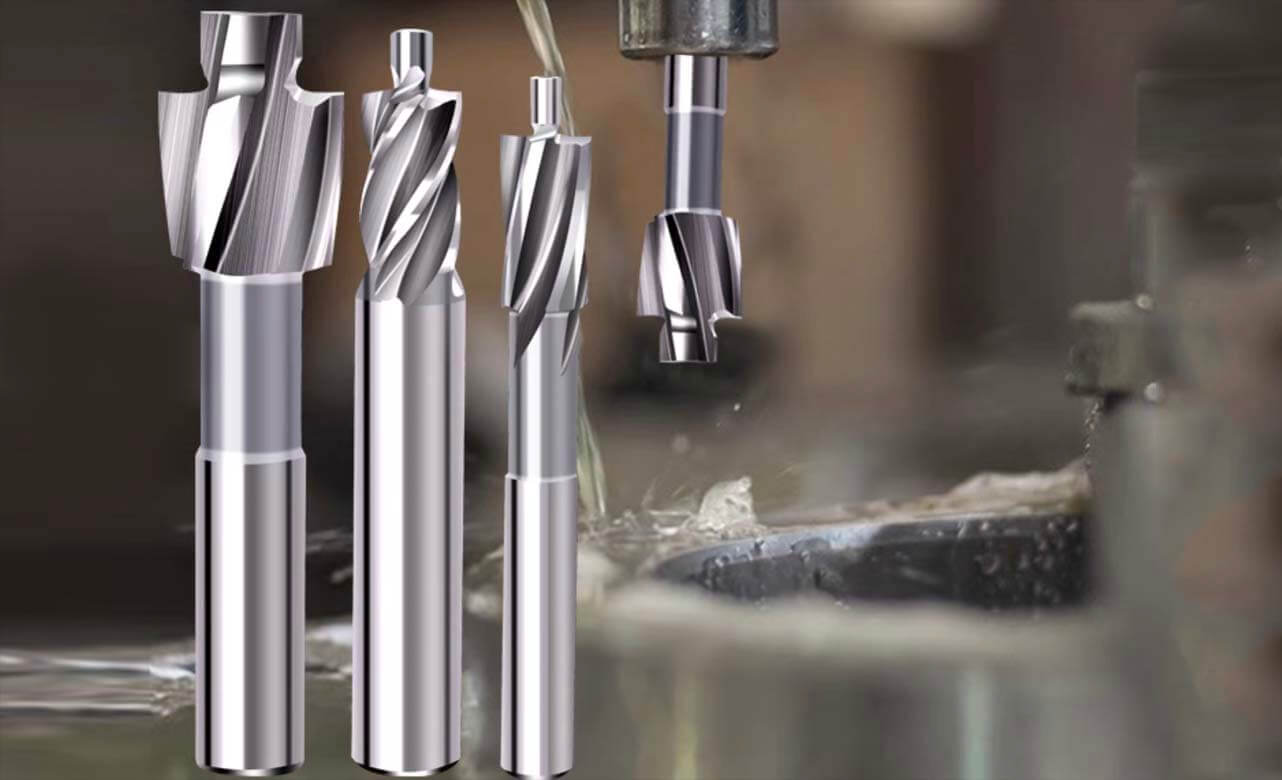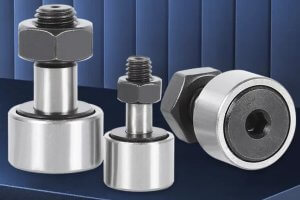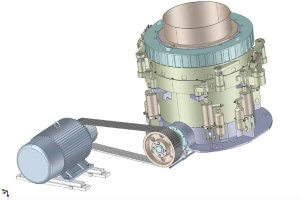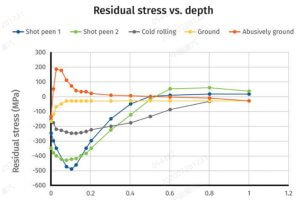The Unsung Hero of CNC Machining
In CNC machining, precision is everything. Whether you’re crafting aerospace components, automotive parts, or custom furniture, a tiny misalignment can compromise the entire project. Among the arsenal of tools used in CNC machining, the countersink bit often goes unnoticed but plays a pivotal role. It transforms a simple drilled hole into a precisely recessed pocket for screws, bolts, or rivets, ensuring both functionality and aesthetics.
As someone who has worked with CNC systems, I can attest to the importance of understanding the nuances of countersink bits. From selecting the right material to programming the CNC machine for optimal performance, mastering the use of the countersink bit is essential for professional results.
This guide delves into every aspect of the countersink bit, providing actionable insights and technical advice to elevate your machining projects.
What Is a Countersink Bit and Why Is It Crucial?
A countersink bit is a specialized cutting tool designed to create a conical recess around a hole. This recess allows the head of a screw or bolt to sit flush with or below the surface, ensuring a smooth finish and functional assembly.
1.1 Key Characteristics of a Countersink Bit
- Conical Cutting Edge: The defining feature of a countersink bit is its angled edge, which matches the screw or bolt head.
- Precise Sizing: Available in various diameters and angles, countersink bits are designed to accommodate specific fasteners.
- Versatility: Compatible with metals, woods, plastics, and composites, depending on the material and design.
1.2 Benefits of Using a Countersink Bit
- Improved Aesthetics: Countersink bits allow screws to sit flush or recessed, giving a polished and professional look.
- Enhanced Functionality: By embedding fasteners into the surface, countersinking prevents protrusions that can interfere with moving parts or airflow.
- Structural Integrity: Proper countersinking reduces stress around the screw head, minimizing the risk of cracking or material failure.
1.3 Common Misconceptions
- Countersink Bits Are Only for Woodworking: While popular in woodworking, countersink bits are equally essential in metal and plastic machining.
- All Countersink Bits Are the Same: Choosing the wrong type or size can lead to poor finishes, tool wear, or damaged workpieces.
Types of Countersink Bit and Their Applications
Selecting the right countersink bit depends on the material, application, and desired outcome. Here’s an in-depth look at the different types.
2.1 Types of Countersink Bit
| Type | Description | Applications |
|---|---|---|
| Single-Purpose Bit | Creates a conical recess but requires pre-drilled holes. | Basic metalworking or woodworking tasks. |
| Combination Bit | Drills and countersinks in a single operation, improving efficiency. | High-volume production lines. |
| Adjustable-Depth Bit | Allows depth customization for precise requirements. | Aerospace, medical devices, and precision components. |
| Step Drill Bit | Combines drilling, countersinking, and chamfering in one tool. | Versatile across multiple materials and tasks. |
| Deburring Countersink Bit | Removes burrs while creating a recess, ensuring a smooth finish. | Ideal for metals prone to burr formation. |
2.2 Material-Specific Applications
- Metal: Carbide countersink bits with heat-resistant coatings like TiAlN or CrN are ideal for high-strength metals like stainless steel and titanium.
- Wood: High-Speed Steel (HSS) countersink bits are perfect for softwoods and hardwoods, offering sharp edges and smooth finishes.
- Plastics: Sharp-edged HSS or carbide bits prevent melting or cracking during countersinking.
2.3 Choosing the Right Angle
The angle of the countersink bit must match the fastener head to ensure a flush fit:
- 82°: Common in the United States for flathead screws.
- 90°: Widely used in Europe and suitable for most general applications.
- 120°: Designed for specialty fasteners in aerospace or heavy-duty equipment.
CNC Programming for Countersink Operations
Programming the CNC machine correctly is essential to maximize the performance of your countersink bit. Even the best bit will fail if the machining parameters are off.
3.1 Key Programming Parameters
| Parameter | Recommended Setting | Effect |
|---|---|---|
| Cutting Speed | 20-60 m/min | Prevents overheating and ensures clean cuts. |
| Feed Rate | 0.05-0.2 mm/rev | Reduces tool wear and delivers smooth finishes. |
| Coolant | Water-soluble for metals, none for wood | Enhances tool life and prevents heat buildup. |
3.2 CNC Programming Codes
- G81: Used for basic drilling operations.
- G82: Designed for countersinking operations, allowing control over dwell time to achieve precise depths.
- G98/G99: Adjusts retraction height, ensuring smooth transitions between operations.
3.3 Tips for Testing Parameters
- Test on scrap material to confirm settings.
- Use slow feed rates for metals to prevent burr formation.
- For plastics, minimize heat generation to avoid melting.
Overcoming Common Challenges
Even with the correct countersink bit, challenges may arise during machining. Here’s how to tackle common issues.
4.1 Burr Formation
- Cause: Dull tools or improper feed rates.
- Solution: Use a sharp countersink bit and adjust cutting speeds.
4.2 Tool Breakage
- Cause: Excessive speed or insufficient lubrication.
- Solution: Use proper coolant and reduce cutting speed.
4.3 Uneven Recess Depths
- Cause: Machine vibration or inconsistent programming.
- Solution: Secure the workpiece and fine-tune CNC settings.
4.4 Surface Finish Issues
- Cause: Incorrect bit angle or material mismatch.
- Solution: Match the bit angle to the fastener and use material-specific bits.
Maintenance and Longevity of Countersink Bits
A well-maintained countersink bit ensures consistent performance and longer tool life.
5.1 Cleaning and Storage
- Clean the bit after every use to remove debris and coolant residue.
- Store in a dry, organized space to prevent corrosion or accidental damage.
5.2 Inspection
- Regularly inspect for wear, dull edges, or chipping.
- Replace or resharpen bits as needed to maintain quality.
5.3 Sharpening Tips
- Use a dedicated sharpening tool or service to maintain the bit’s cutting edge.
- Avoid over-sharpening, which can alter the bit’s angle and compromise performance.
Case Studies: Real-World Applications of the Countersink Bit
6.1 Automotive Manufacturing
An automotive parts manufacturer achieved a 30% reduction in assembly defects by switching to TiAlN-coated carbide countersink bits for stainless steel components.
6.2 Aerospace Engineering
An aerospace company improved the quality of aluminum components by using adjustable-depth countersink bits to meet stringent flushness requirements.
6.3 Furniture Crafting
A woodworking shop eliminated panel splitting and improved efficiency by adopting combination countersink bits for hardwood.
Future Trends in Countersink Bits
The evolution of the countersink bit is driven by advancements in material science and machining technology:
- Smart Sensors: Real-time monitoring of tool wear and performance.
- Enhanced Coatings: Nano-coatings for superior heat resistance and durability.
- AI-Powered CNC Integration: Dynamic adjustments to cutting parameters for optimal performance.
FAQ
- What is a countersink bit?
A tool designed to create a conical recess for screws or bolts to sit flush or below a material’s surface. - How do I choose the right countersink bit?
Consider the material, fastener angle, and specific project requirements. - What are the standard angles for countersink bits?
Common angles include 82°, 90°, and 120°. - Can a countersink bit be used on plastics?
Yes, but sharp edges and low speeds are essential to prevent melting. - What is the difference between a countersink bit and a counterbore bit?
A countersink bit creates a conical recess, while a counterbore creates a flat-bottom recess. - How do I maintain my countersink bit?
Clean after each use, inspect for wear, and store in a dry place. - Which industries use countersink bits the most?
Aerospace, automotive, woodworking, and precision manufacturing. - How can I prevent burrs during countersinking?
Use sharp bits, appropriate feed rates, and proper lubrication. - What coatings are best for hard metals?
TiAlN or CrN coatings are ideal for stainless steel or titanium. - How can I ensure consistent countersink depths in CNC machining?
Use precise programming with appropriate G-codes like G82 and verify settings on test material.
Other Articles You Might Enjoy
- What is CNC Drilling: Types, Process & Key Techniques?
What is CNC Drilling Technology? CNC (Computer Numerical Control) drilling is a precise and automated manufacturing process used to create holes in various materials with high accuracy. This technology is…
- Mastering CNC Drills for Precision in Composite Materials
CNC drilling is a critical process in modern manufacturing, particularly when working with composite materials. As industries like aerospace, automotive, and renewable energy continue to demand lightweight, high-strength components, achieving…
- CNC Machining Guide Choosing the Right Tools for Drilling Polymer Composites
Drilling polymer composites in CNC machining is a task that demands precision, expertise, and the right tools. As composite materials continue to grow in popularity due to their high strength-to-weight…
- Mastering Hole Patterns in CNC Machined Parts
When it comes to point-to-point cnc machining operations like cnc drilling, reaming, tapping, and boring, using the same tool for single or multiple holes is common practice. In fact, multi-hole…









